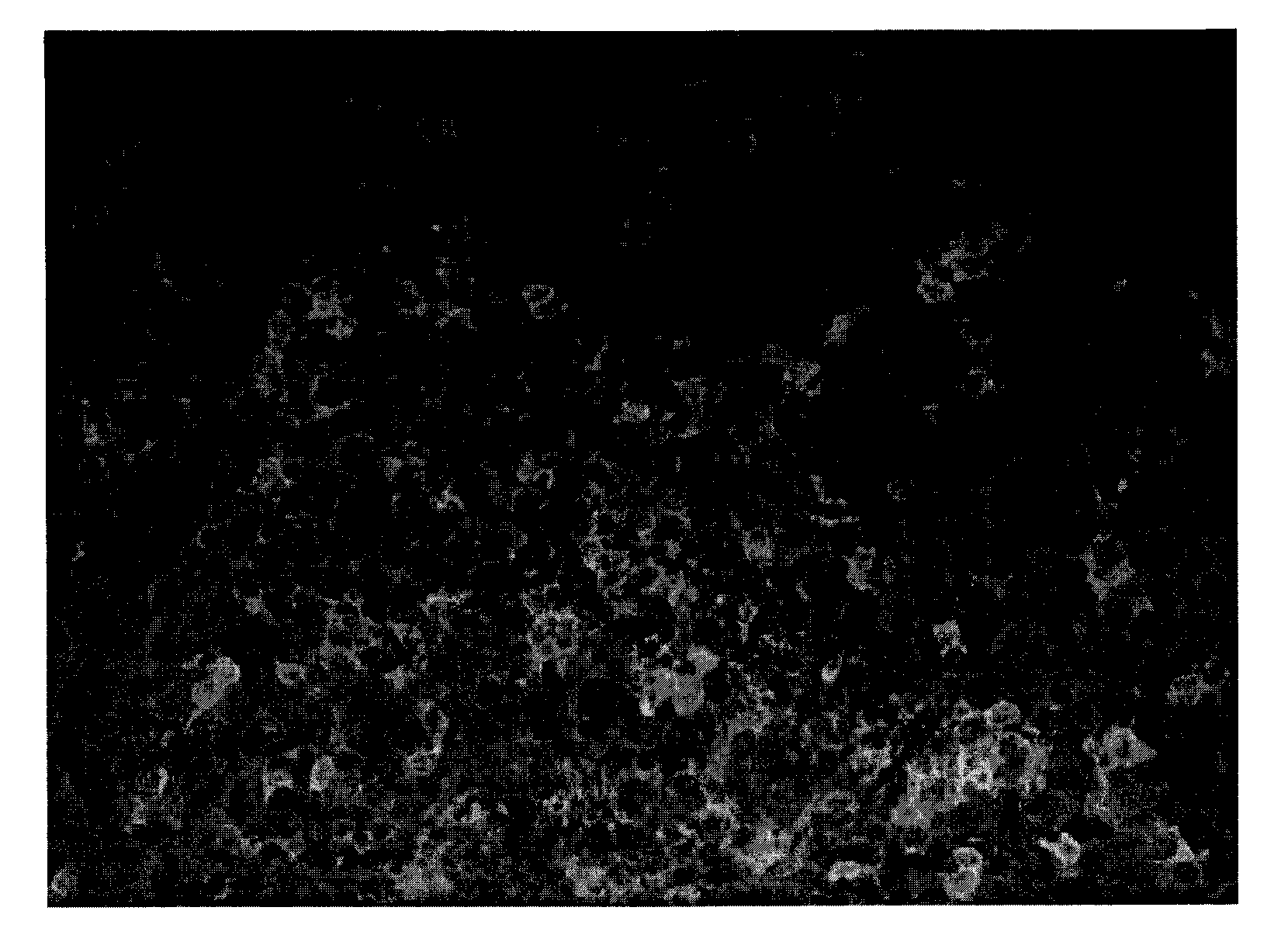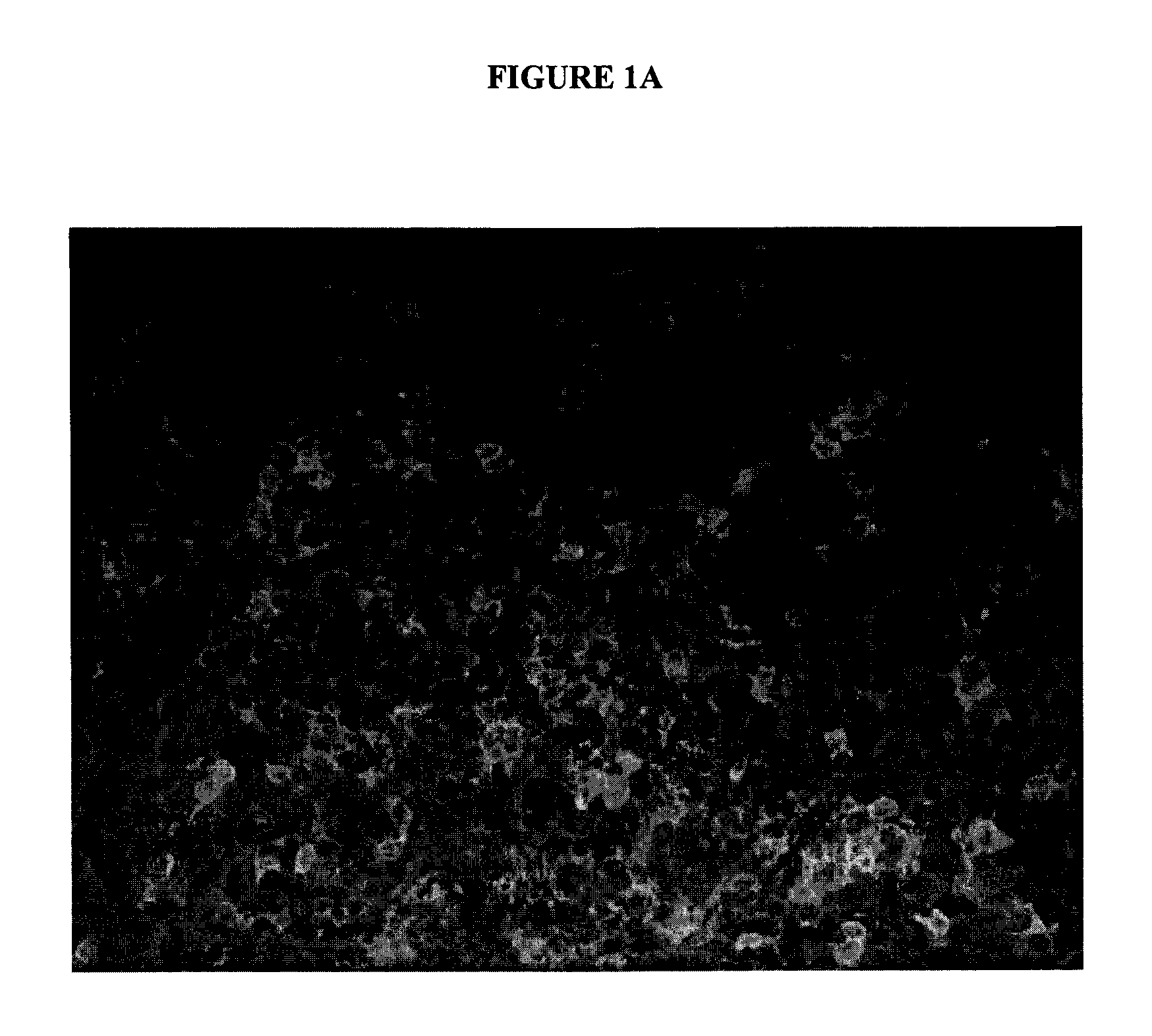Polynucleotides and Uses Thereof
a technology of polynucleotides and oligonucleotides, which is applied in the field of polynucleotide molecules, can solve the problems of poor efficacy and low expression levels of dna vaccines, and achieve the effects of high temperature stability, simple and inexpensive production, and low cos
- Summary
- Abstract
- Description
- Claims
- Application Information
AI Technical Summary
Benefits of technology
Problems solved by technology
Method used
Image
Examples
example a
Expression of Codon-Optimised F and G Sequences
Material and Methods
Plasmid Constructs
[0101]Using the SynGene computer program developed by Peter Ertl at GlaxoSmithkline (GSK), synthetic sequences of the F and G protein genes of RSV were generated using codons optimised for mammalian expression. Wild-type sequences for the F and G protein genes of the A2 strain of human RSV were imported into the SynGene program (Appendix 1). The mammalian codon usage co-efficient was calculated for each wild-type sequence. A codon-usage coefficient of 1 demonstrates perfect usage. Four different codon-optimized sequences were produced for F and G and imported into the Clone Manager program, which was used to map all restriction sites within each sequence. Any sequences generated by SynGene that included EcoR1 or BamH1 restriction sites within them were discarded, as these restriction sites are used to clone the gene into the expression vector. The range of unique restriction sites for commonly used ...
example b
Immunoprotective Effect of Codon-Optimised G
Methods
[0162]See Example A for detailed protocols.
[0163]Empty pI.17 plasmid (pCon), was used as a control plasmid.
Gene Gun Cartridge Preparation
[0164]DNA was precipitated onto 1.6 μm gold beads (BioRad, UK) following the supplier's guidelines. Briefly, 100 μl 1M CaCl2 was added to 25 mg of gold in 100 μl of 0.05M spermidine (Sigma-Aldrich) and 100 μg DNA. Following precipitation, the gold beads were washed extensively with dry ethanol before being re-suspended in 3 ml 0.05 mg ml−1 polyvinylpyrrolidone (PVP) (BioRad) in dry ethanol and loaded into Tefzel tubing (BioRad). Ethanol was drawn off and the gold dried onto the surface of the tubing with N2 gas. Each cartridge contained 0.5 mg gold and 1.5 μg DNA. Gold only cartridges were made following the same procedure but omitting the DNA.
[0165]Stocks of the A2 strain of HRSV were grown in foetal calf kidney (FCK) cells as described previously (see Stott et al., 1984, J Hyg (Loud) 93(2):2...
PUM
| Property | Measurement | Unit |
|---|---|---|
| diameter | aaaaa | aaaaa |
| pressures | aaaaa | aaaaa |
| volume | aaaaa | aaaaa |
Abstract
Description
Claims
Application Information
 Login to View More
Login to View More - R&D
- Intellectual Property
- Life Sciences
- Materials
- Tech Scout
- Unparalleled Data Quality
- Higher Quality Content
- 60% Fewer Hallucinations
Browse by: Latest US Patents, China's latest patents, Technical Efficacy Thesaurus, Application Domain, Technology Topic, Popular Technical Reports.
© 2025 PatSnap. All rights reserved.Legal|Privacy policy|Modern Slavery Act Transparency Statement|Sitemap|About US| Contact US: help@patsnap.com



